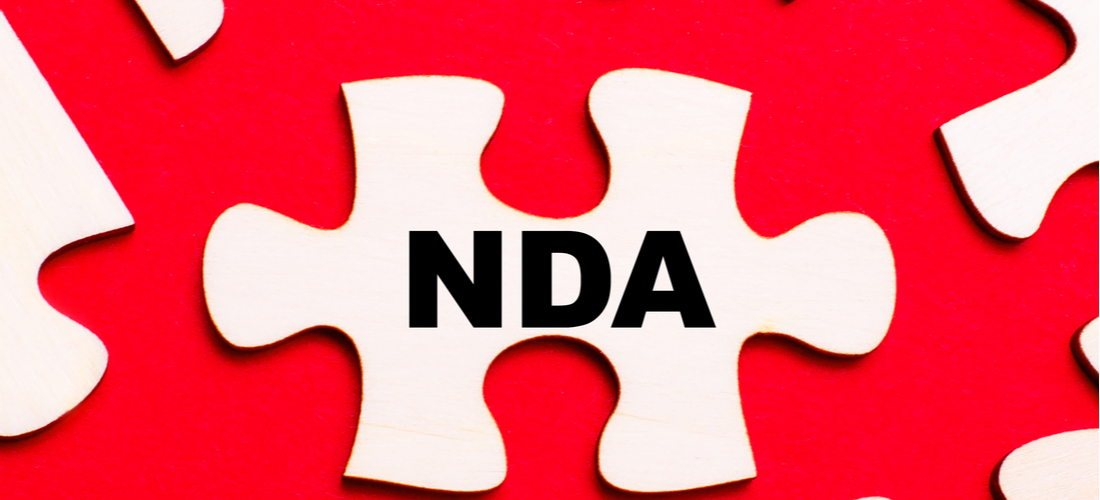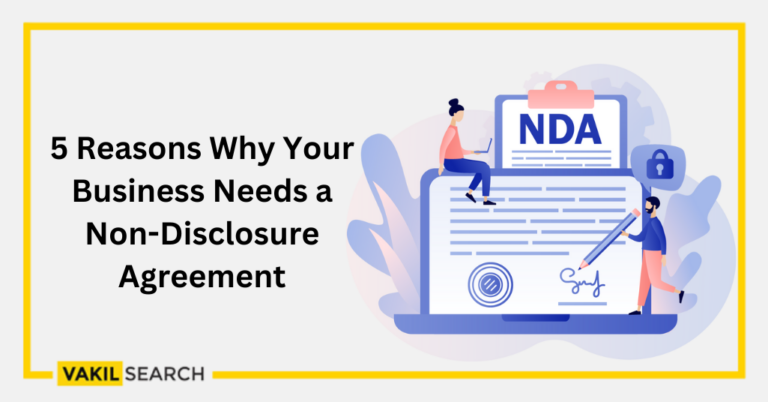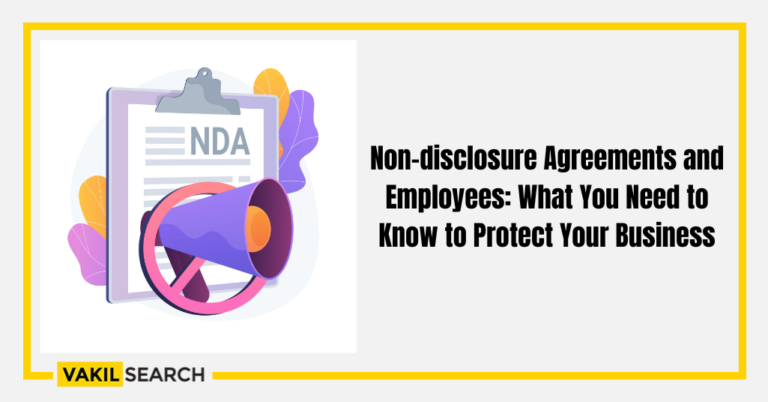Want to draft a Non-Disclosure Agreement? Read this article to learn the guidelines for the drafting of a Non-Disclosure Agreement.
Before one enters into any business agreement, it is extremely important to ensure the confidentiality of sensitive data. The parties to the agreement are required to assure one another that any data may prove to be sensitive during an agreement.
This is where a non-disclosure agreement comes to be helpful. The Drafting of NDA Document is a crucial part of the legal framework used to prevent the recipient of sensitive and secret information from disclosing it. These documents are used by businesses and startups to protect their innovative ideas from being appropriated by the parties they are negotiating with.
Guidelines for the Drafting of a Non-Disclosure Agreement
Lawyers in collaboration with inventors create non-disclosure agreements to safeguard proprietary information about their innovations. A Non Disclosure Agreement (NDA), often called a confidentiality agreement, is required to be signed by all parties to almost every commercial discussion to disclose (or exchange) secret information. Protecting proprietary and sensitive information disclosed by each party is the primary objective of an NDA.
A Non-Disclosure Agreement (NDA) is a binding contract between two parties that creates a confidential relationship.
The parties or individuals that sign the agreement or contract understand that sensitive information won’t be disclosed to anybody else. A Non Disclosure Agreement is sometimes known as a confidentiality agreement. Non Disclosure Agreements can take many different forms and should be tailored to your specific circumstances.
Non Disclosure Agreements are frequently used in commercial transactions involving personnel, suppliers, clients, investors, and other parties. Given the value of any private information, drafting a Non-Disclosure Agreement is highly crucial when agreeing.
Tips for Drafting Non-Disclosure Agreement
Before drafting a Non-Disclosure Agreement, certain key points must be kept in mind.
1. Defining Private and Confidential Data Accurately
For the benefit of both parties, confidential and private information should be specified. It is not appropriate to cover a vast category of information using mostly general definitions.
To accurately identify the extent of sensitive data, which may be the same or distinct for both parties, always be specific. For instance, in a discussion where both participants are exchanging secret information, the information that each person shares may not be the same. Therefore, while drafting a Non-Disclosure Agreement, giving each party a detailed description of the constituents of the confidential information is appropriate.
2. The NDA’s Obligations Must be Examined
If one party requires another side to sign an NDA, it is crucial to review it. Non-compete and non-solicitation terms are frequently included in NDAs as well.
These clauses forbid one or both parties from contending in the same industry and from stealing clients or suppliers away from the disclosing party.
Additionally, the disclosing party may require the receiving party to sign such NDAs with every other party that it may potentially share private information. The agreement should stipulate that the recipient must exercise at least the same level of caution that it would exercise to safeguard its private information, if not a reasonable level of caution.
3. Duration of the Agreement
The term for maintaining the confidentiality of released information when a confidentiality clause is present in an agreement is longer than the length of that agreement.
However, it must be made explicit while drafting a Non-Disclosure Agreement how long secret information cannot be exposed. This phrase would vary depending on the type of business, Transaction Agreement, and information type.
For instance, a shorter time for confidentiality would be desired in a fast-paced Organisation where it is likely that information linked to technology and other topics will quickly become outdated. Contrarily, supplier or customer information would not expire as quickly and a longer confidentially term may be incorporated.
4. Disclosures and Exceptions
There must always be some exclusions that would not result in a disclosure penalty. These must be included while drafting a Non-Disclosure Agreement and cover things like,
- Information that the receiving party already knows
- Information that is widely known
- Disclosure to the courts under a court order
- Future changes to the law that would make it impossible to maintain the confidentiality of the information or any of its components, etc.
5. If a Breach has Occurred, there are Remedies Available
When a Non-Disclosure Agreement is breached, either financial relief can be claimed, or the receiving party can be inducted from acting on or using the confidential information. The disclosing party can approach a court and ask that the receiving party return all the confidential information with it and stop the revelation of such information to other parties.
6. Return of Information Upon Termination
Most non-disclosure agreements stipulate that original and copies of any confidential material provided by the relevant authority must be returned after termination. This is achievable when tangible data has been communicated through devices like computers, hard drives, laptops, USBs, manuals, tokens, etc. Information returns in electronic form become more complex. The disclosing party may order the Receiving Party to remove all the files containing the confidential information from its possession to avoid this loss. The Receiving Party, however, while drafting the Non-Disclosure Agreement, is allowed to request that limited copies of the sensitive information be kept solely for record-keeping or Accounting and Bookkeeping Purposes.
7. Other Clauses to be Looked Into
There are more provisions in the drafting of a Non-Disclosures Agreement to check for, such as Jurisdiction, mutual non-disclosure, and non-solicitation.
Conclusion:-
It should be assured that incompatible terms of the Non-Disclosure Agreement do not cause negotiations and discussions to stall. The company’s purpose should take precedence while drafting a Non-Disclosure Agreement and must be negotiated by attorneys. Unwanted clauses should be avoided, but typical NDA clauses should be given top priority. It is preferable to adhere to the objectives of signing an NDA, confidentiality, and limiting usage of secret information, while further agreements should be signed to contain pertinent conditions.
Frequently asked questions (FAQs)
- What is the purpose of the drafting of a Non-Disclosure Agreement?
NDAs guarantee that sensitive information won’t be disclosed and cause the company to suffer damages.
- Can I draft my non-disclosure contract?
Try writing an NDA yourself if you don’t want to spend money on a lawyer. Keep in mind that this is a very difficult task because the contract contains numerous crucial provisions that must not be disregarded.
- What should be the duration of a Non-Disclosure Agreement?
Each NDA is distinct; thus, each one will have a different duration. The typical duration of an NDA is one to ten years, but it may be unlimited depending on the data that needs to remain secret.
- What is a Non-Disclosure Agreement?
An NDA, or written Non-Disclosure Agreement, is a legal contract that forbids parties from disclosing confidential information without prior consent.
Read More:










